
This week, we look into the several issues surrounding a forced digitalisation in the country's employment guarantee scheme, and how it leads to even more exclusions.
In recent months there have been several reports in various newspapers related to in general “forced digitalisation”, but pertinently around MGNREGA - Mahatma Gandhi National Rural Guarantee Act, which pertains to guarantee at least 100 days of work on demand. It is important to note that, NREGA served 253.8 million in 2021-22, and 273.2 million in 2020-21. It is also interesting to note that the demand of work under the scheme has been even higher. “Individual demand under the scheme, though 17.5% lower in 2021-22 than in 2020-21, was 22.5% higher than in 2019-20. Individuals demanding work under the scheme stood at 368 million in 2021-22, 446.4 million in 2020-21 and 300.4 million in 2019-20,” as per ET. Clearly, more than 400 million people in India, 40 crore that is, who demand for NREGA work are also the poorest of the poor, they may not have smartphones, they would find difficulties in affording connectivity, and they are also the most digitally illiterate, including functionally illiterate. Incidentally, almost close to 60 percent of the NREGA workers are usually women.

And here comes a new policy or government order. Every worker under NREGA has to mark online attendance in real time from the location of work. The central government policy decision of linking the employment welfare scheme of the MNREGA, launched at the turn of the millennia, with a mandatory digital attendance. The authorities claim this will plug the leaks of undeserving people claiming benefits and further saving the state money.

The Economic Survey 2022-23, tabled about a month ago in the parliament, said that the assets created under the Mahatma Gandhi National Rural Employment Guarantee Scheme (NREGS) has had a positive impact on agriculture. The scheme, the survey notes, has also led to increased household income and fall in rural indebtedness.
The scheme guarantees a hundred days work for unskilled labourers from every rural household. The scheme aims to provide the bare minimum means for survival to the poorest of India’s population.
If one looks at the wages paid to these workers, it vindicates the level of their poverty- ₹210 for a day’s work. For hundred days’ work, assuming that they receive employment for the full quota, the total amount is ₹21,000 for the whole year. This is far less than minimum wages in most states for unskilled labour. Thus it can be rightly concluded that people who work under the scheme are unable to find work elsewhere.
Now, when the government itself admits that the work done under the scheme has created assets for increasing agricultural productivity, one can’t help but think that the scheme is a vital lifeline in rural India.
There are, however several gaps that have been highlighted by people engaged in the scheme. One is the extreme low wages under the scheme which workers claim is not sufficient for their survival. The other is the delay in getting their wages. While the scheme stipulates that workers are to be paid within 15 days of the completion of the work, labourers complain that a delay of 2-3 months is common.
For the government, however, the issue was that of transparency and to resolve this issue, it sought to enforce digital means on the scheme. The newly implemented mechanism, aimed at “increasing citizen oversight and ease of governance”, makes it mandatory to upload time-stamped and geotagged photographs of the workers twice a day for attendance on the National Mobile Monitoring System App (NMMS). This mechanism, coming into effect from 1st January 2023, then discontinued the system of manual attendance for the workers.

Now while the earlier outstanding issues have not been resolved, the mechanism of digital attendance has made it even more difficult for the workers to navigate. In the union budget of 2023, the allocation for the scheme has been slashed from earlier allocated ₹73,000 crore to ₹60,000 crore, 17.8 per cent less than last year.
Now, over and above this serious cut in government spending, the system of digital attendance is making the life of rural poor even more precarious. Due to serious connectivity issues in rural regions, people have not been able to register their attendance even after completing their day’s work. Then there is the issue of digital literacy and access to a smartphone for marking attendance. Many people in rural regions, especially the most poor- the intended beneficiaries of the scheme, still do not own a smartphone and for them, this new directive has come with serious trouble. Even if people do own a smartphone, the process of getting the whole task done has been cumbersome.
There are issues of digital literacy, and language-based exclusion that have been overlooked in this directive. Many of the critics of this policy claim, not without substance in our opinion, that this directive has been implemented to justify the slash in government spending on the scheme.
If through the app-based attendance system, the idea is to eliminate corruption and pilferage, then the scheme has to acknowledge that people who enrol in this scheme, due to their marginality, do not have the means to tackle its requirements. It has to be first ensured that there is data connectivity in rural areas. Then at least the mates, people who upload the daily attendance at worksites, need to be given smartphones and be trained at using those smartphones. Most importantly, since all of this requires money, the budgetary allocation for this scheme needs to be increased if it were to truly serve its purpose of giving social security cover to the poorest people of India. It is only then that this scheme can really claim to be inclusive, one that handholds people into some level of social security.
And finally, the recent budget has not been kind to the NREGA either:
Protests have been going on in several places regarding this:
To end, here is a video short DEF created on the issue:
In Other news
On some more news of AI put to use:

If you'd followed our previous story on the ChatGPT, here are some updates:


And while talking about exclusion through digital attendance, we should also not forget how the electoral ID and Aadhaar linking can also be exclusionary:

Updates from DEF
From our Makerspace initiative in Pondicherry:
and the Digital Didi camp in Chattisgarh:
From the Global Digital Inclusion Partnership, a blog written by Abner Manzar:
-and a last note on extended deadlines:
We'll be back next week with more stories from digitally empowering the margins.



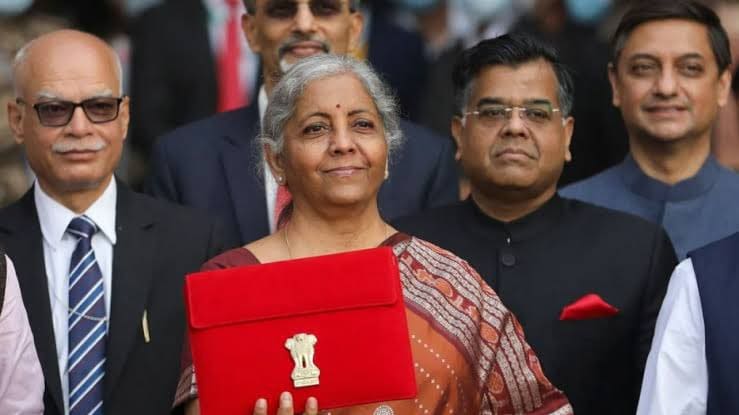


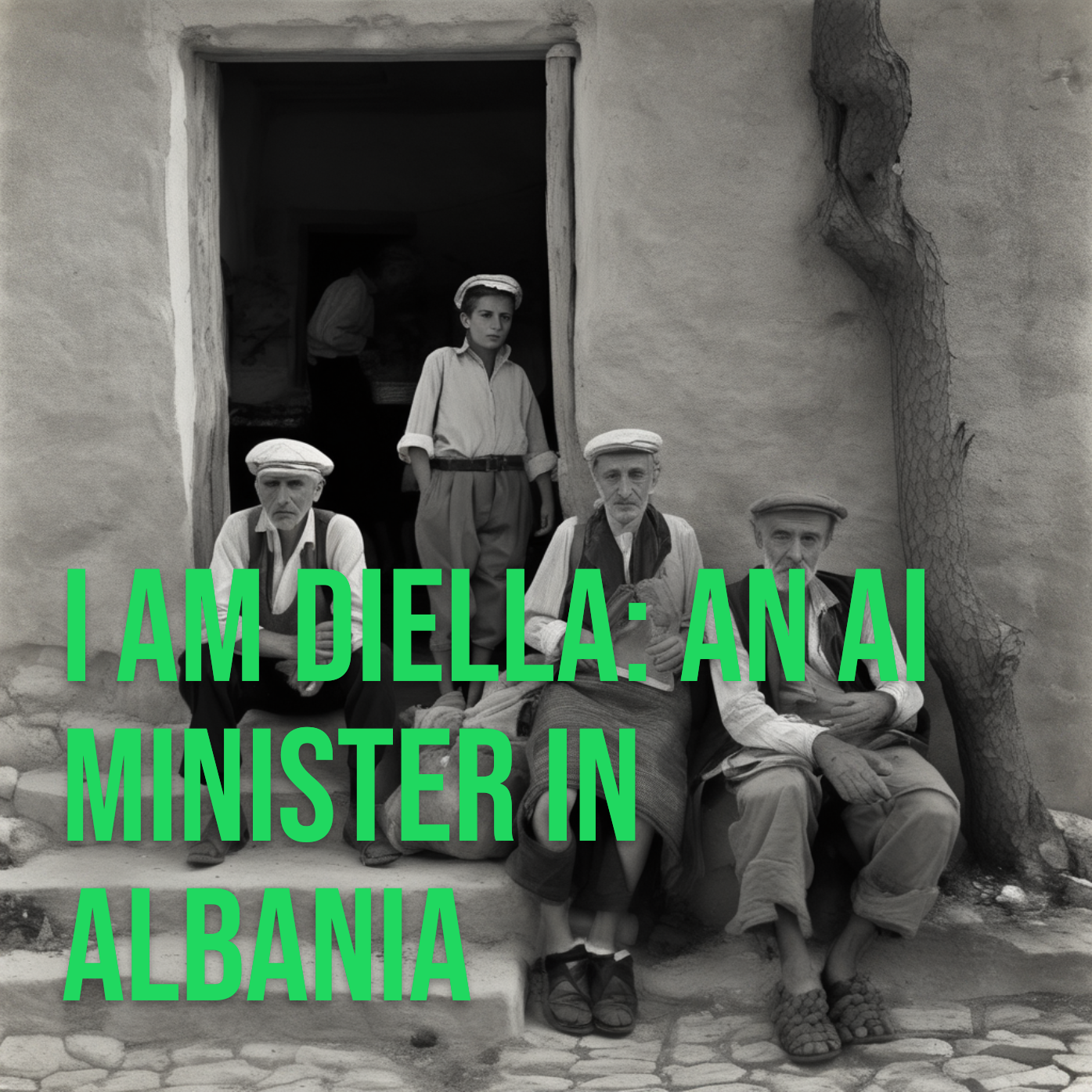


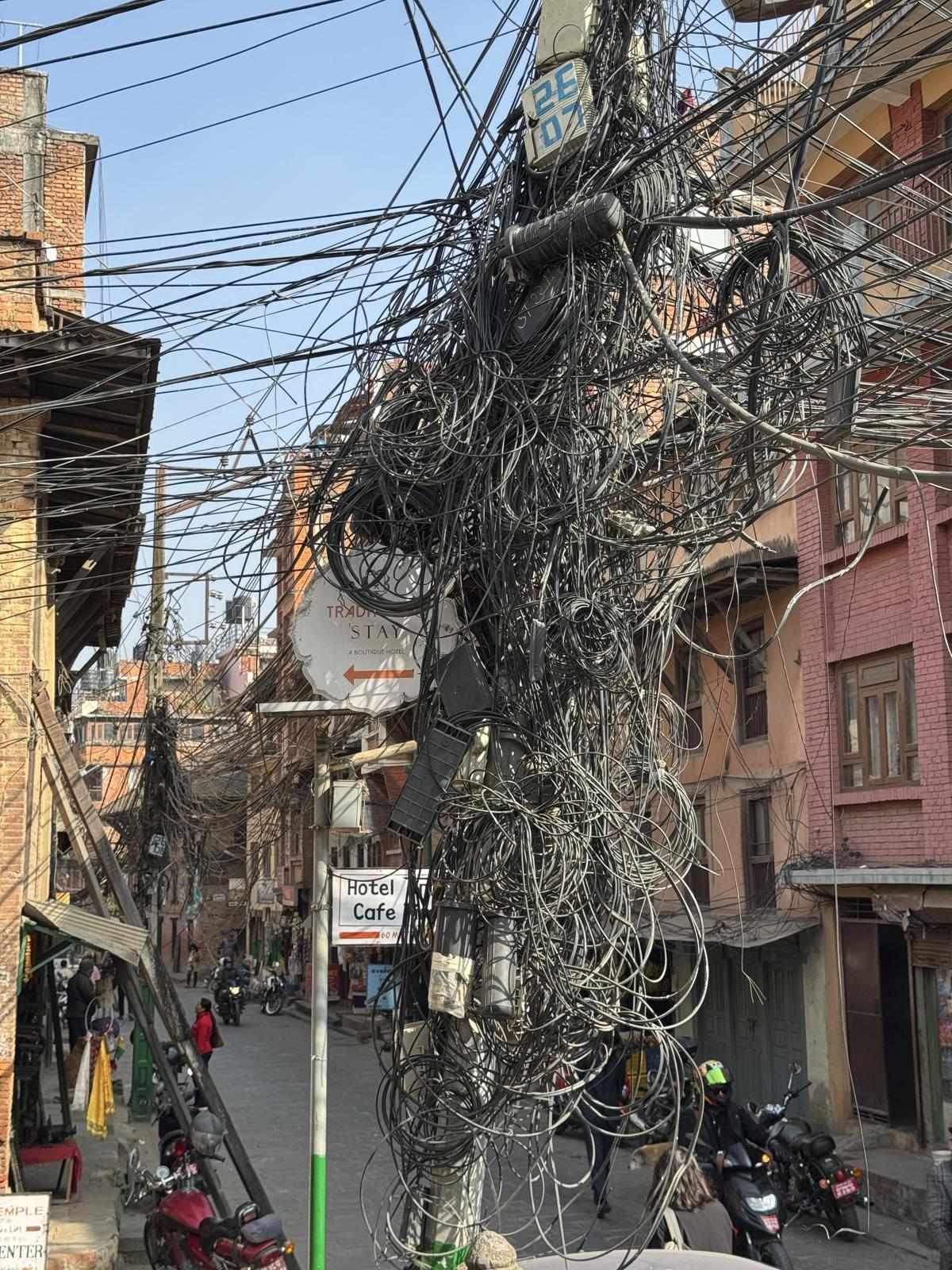
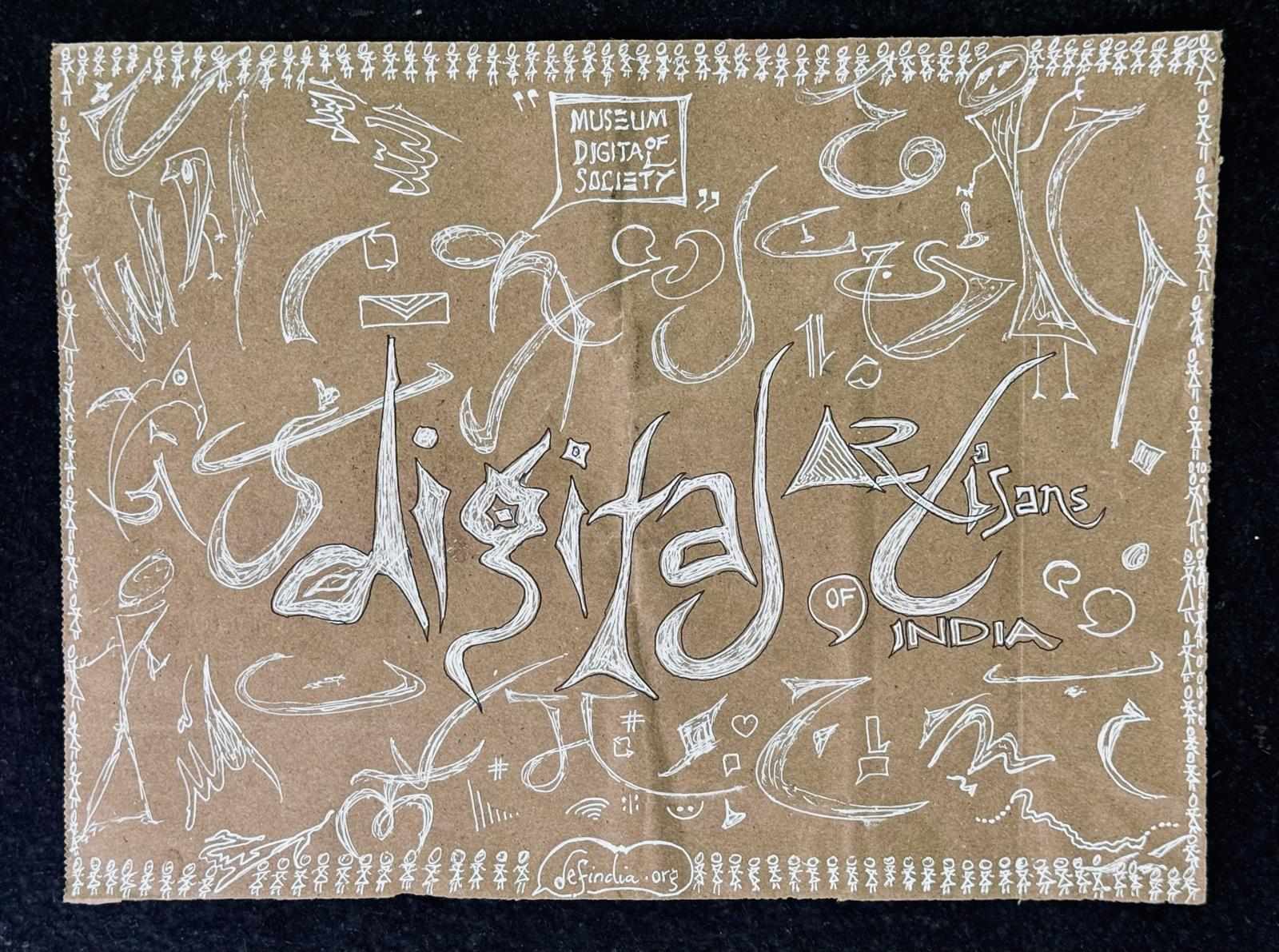
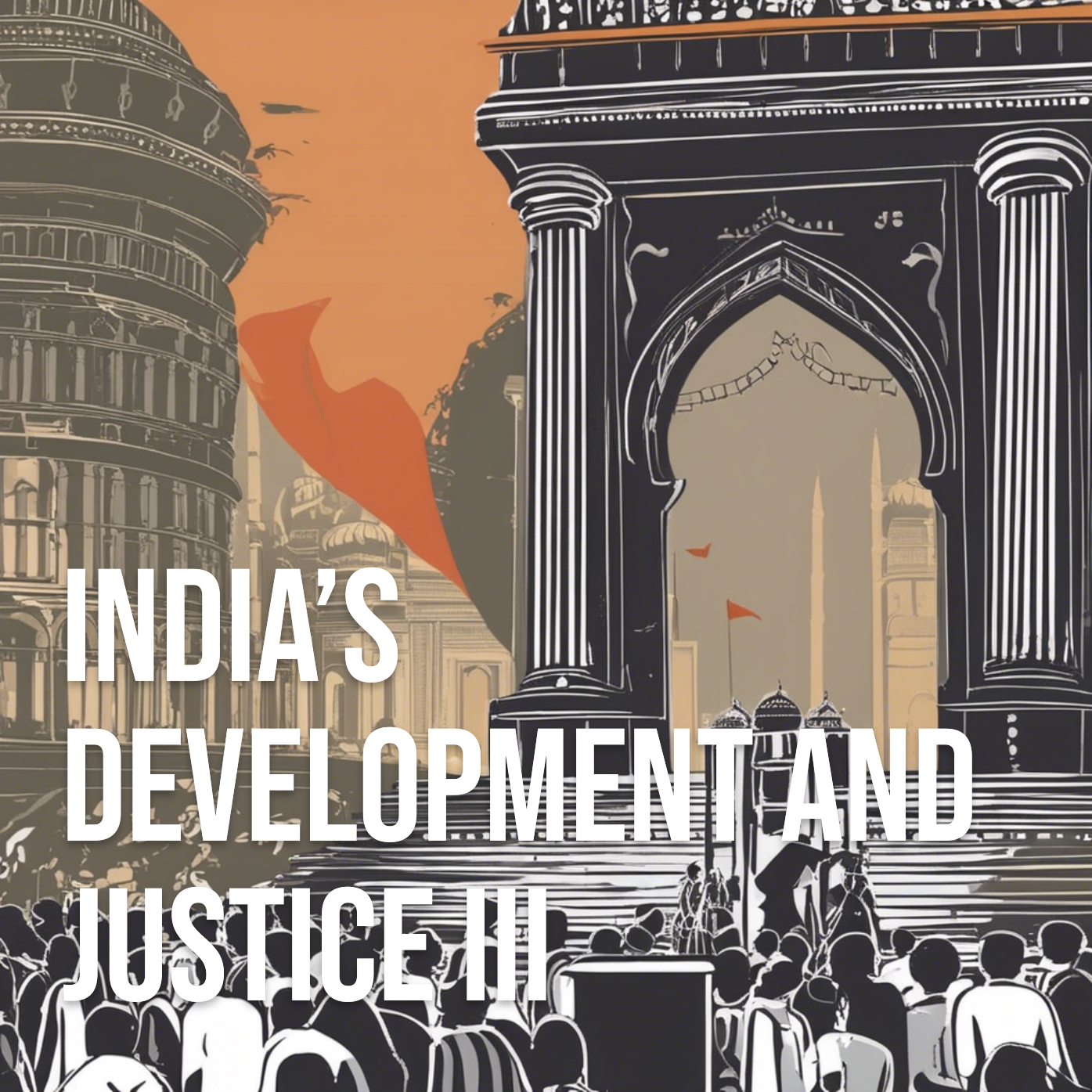
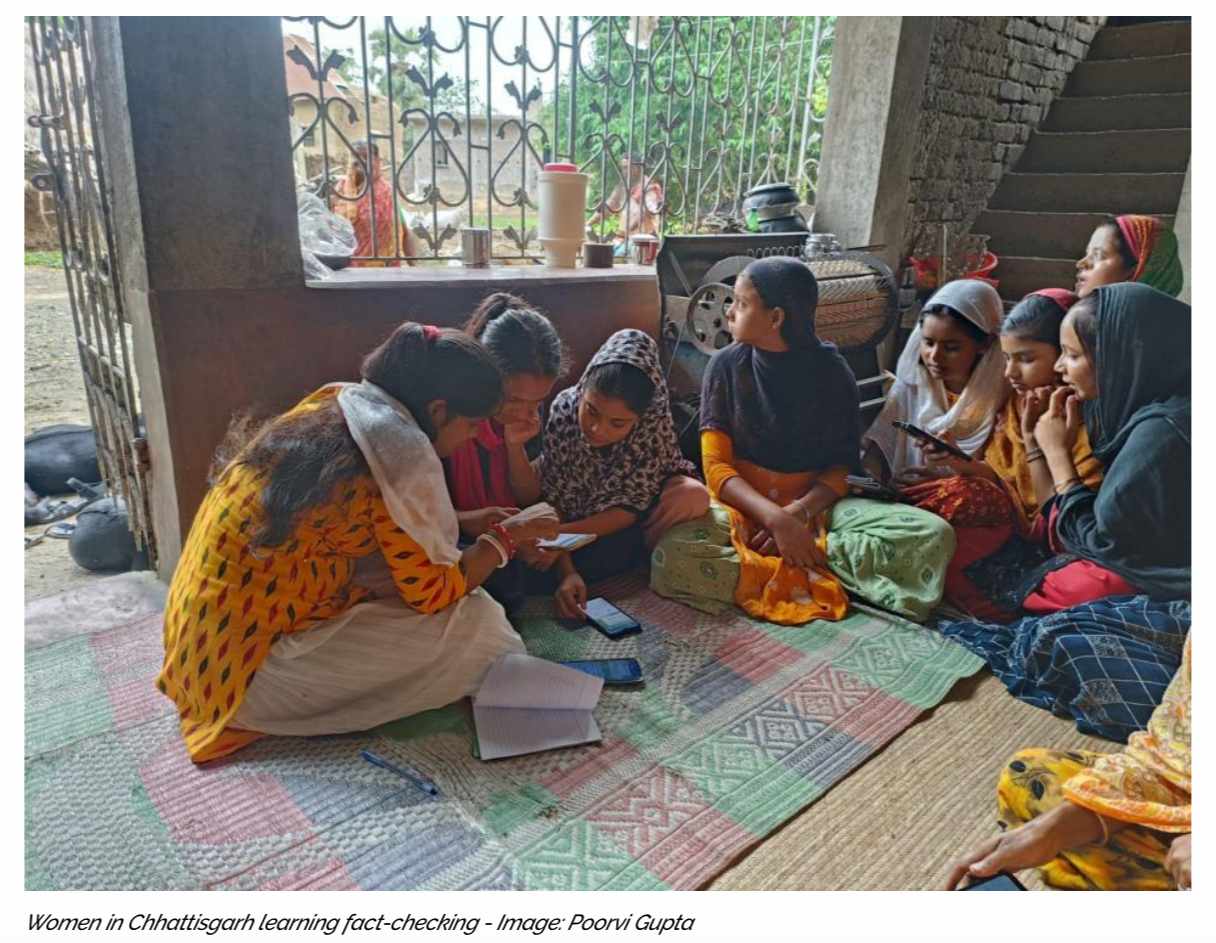


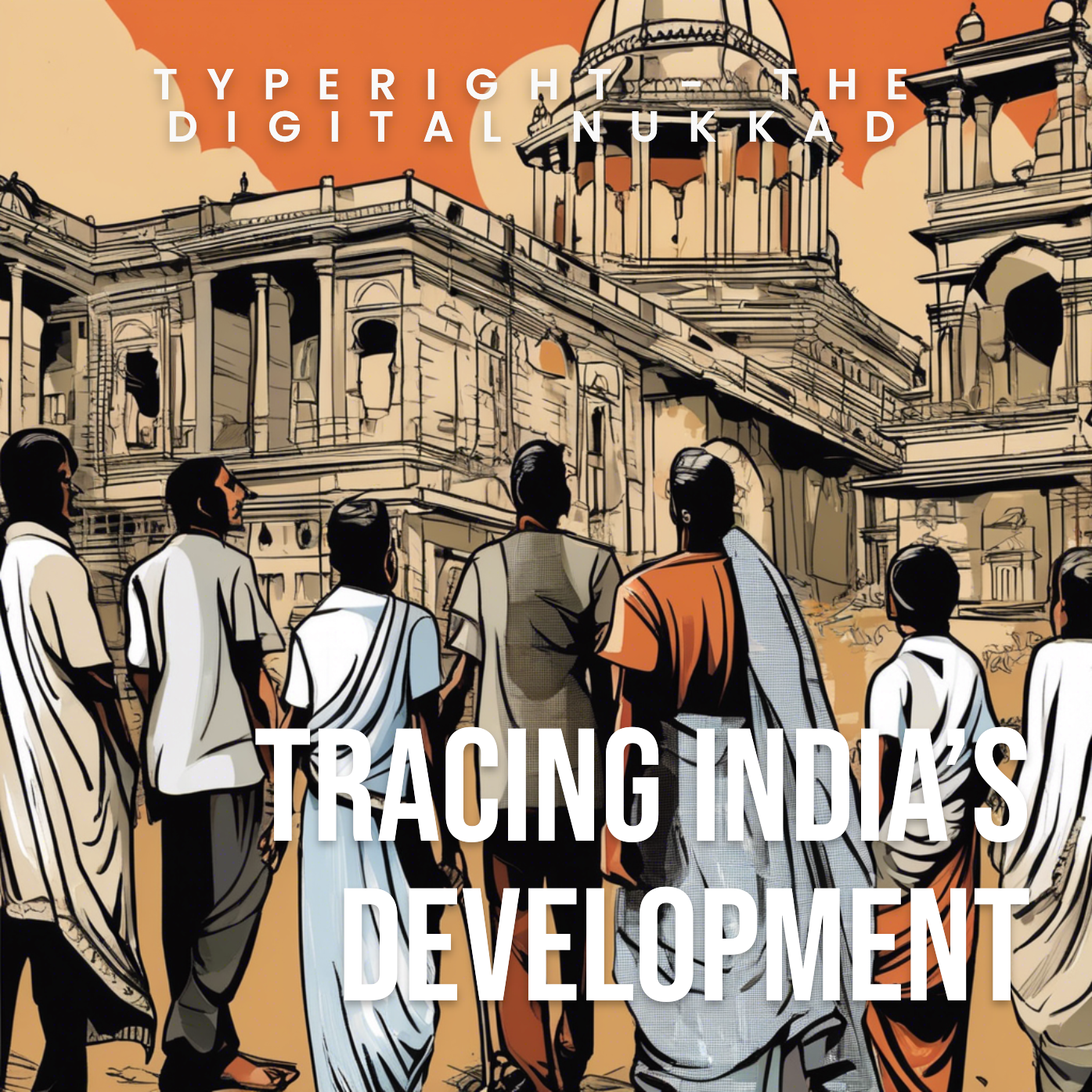









 might be?](https://sk0.blr1.cdn.digitaloceanspaces.com/sites/1394/posts/714526/dbc8de4c-5c50-411f-aba0-55cfb74a692d.jpeg)

Write a comment ...